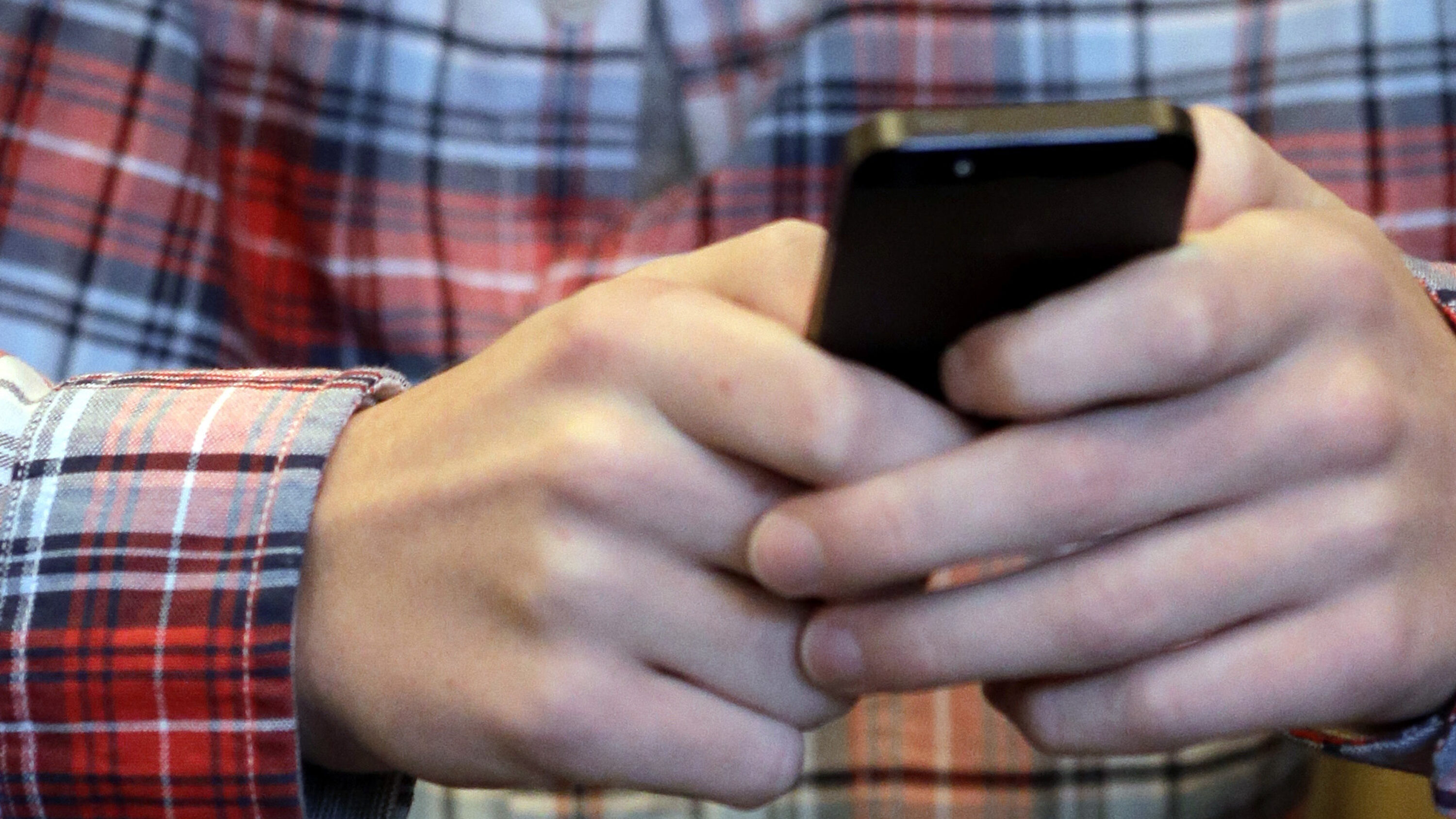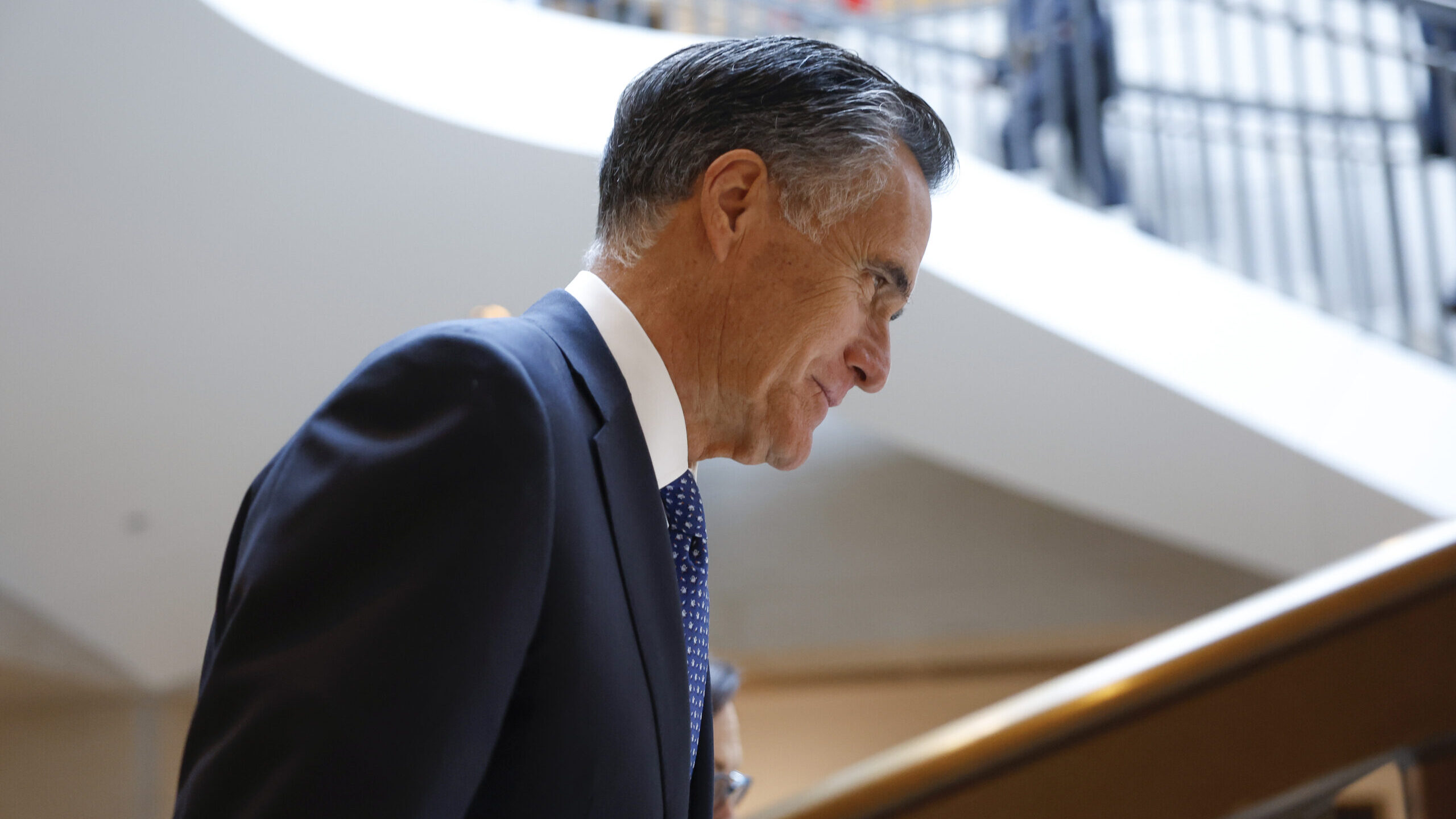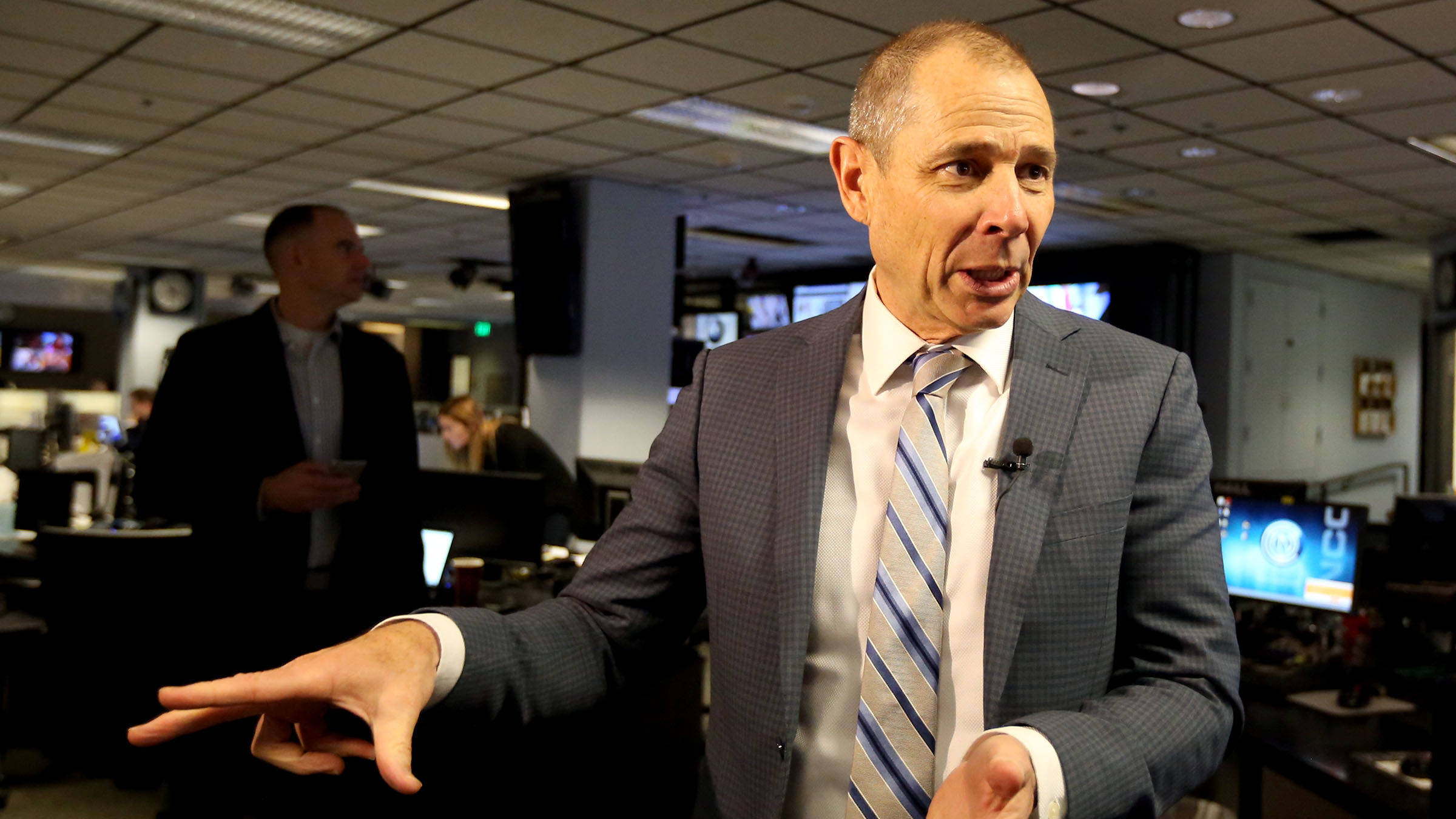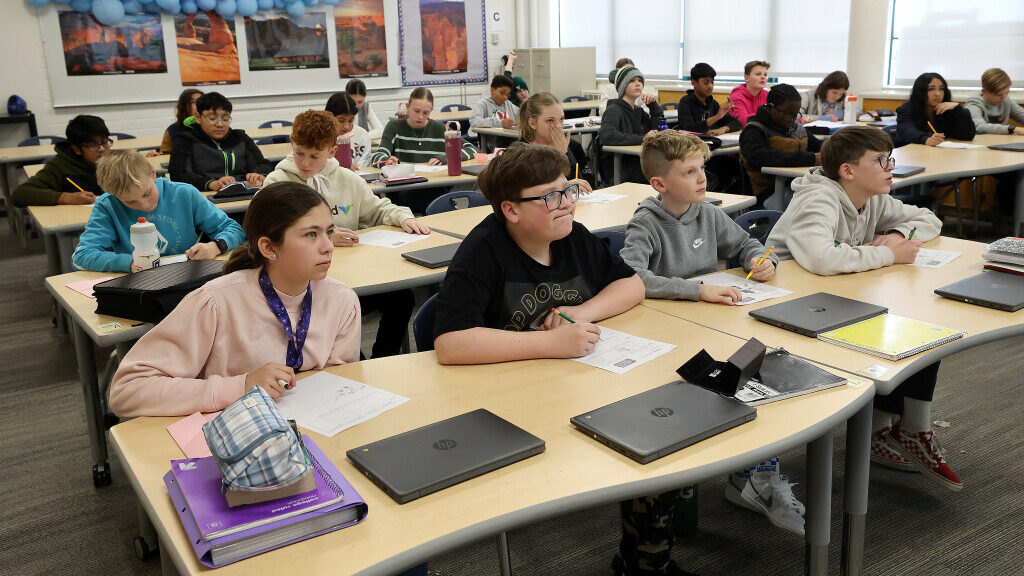Explainer: The Religious Freedom Restoration Act
Nov 8, 2023, 7:00 AM | Updated: 4:36 pm
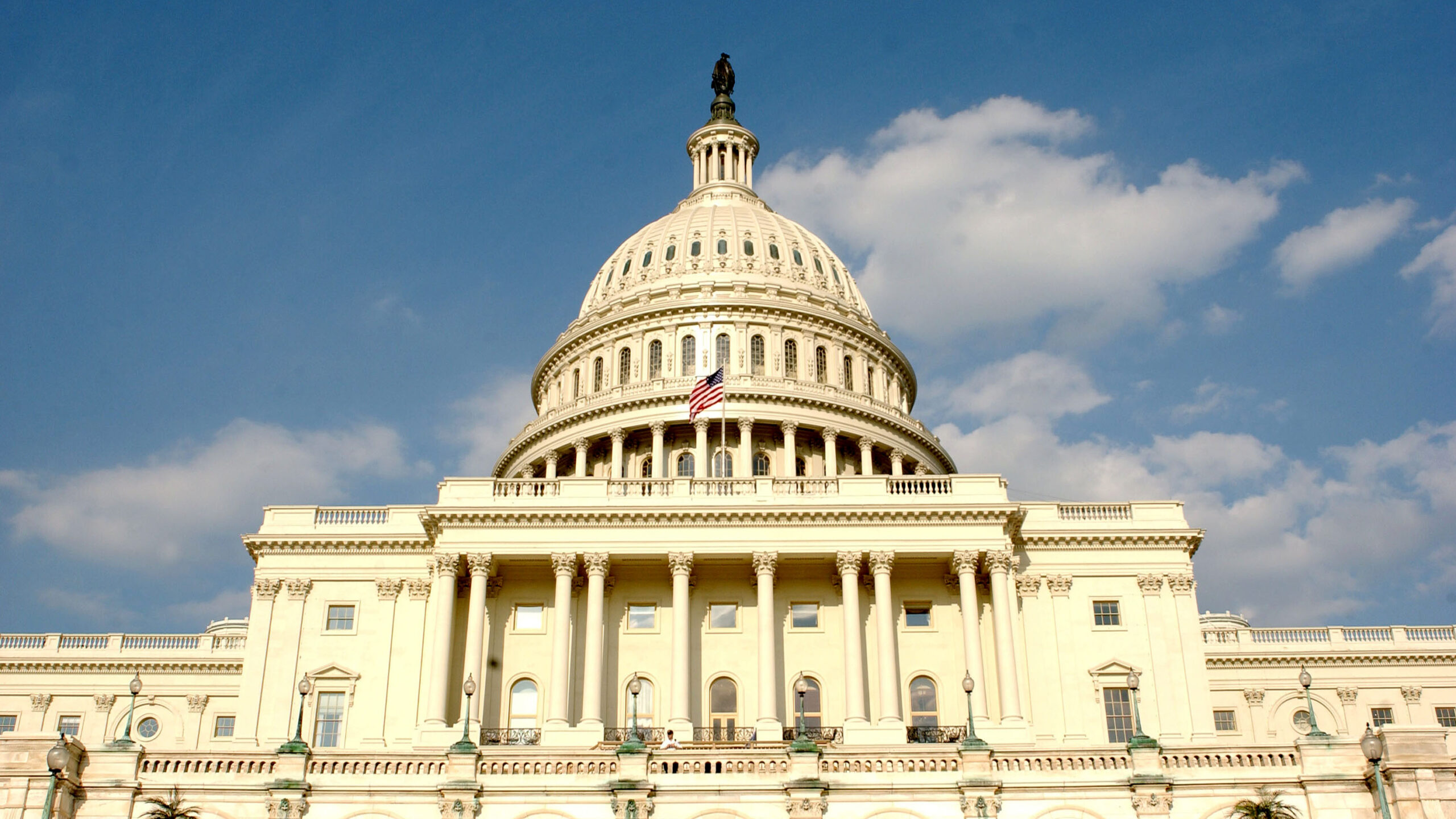
FILE: The U.S. Capitol is shown in Washington, DC. (Stefan Zaklin /Getty Images)
(Stefan Zaklin /Getty Images)
Editor’s note: This article has been corrected to reflect that Ukrainian interfaith leaders were not in Utah when they discussed the connection between faith and freedom.
SALT LAKE CITY — Recent comments from Ukrainian interfaith leaders prompted Inside Sources host Boyd Matheson to discuss the 30th anniversary of the Religious Freedom Restoration Act, a federal law defining a powerful principle: that religious liberty is an essential component of freedom.
This delegation, with individuals from various religious backgrounds, detailed the importance of religious liberty, especially within territories controlled or occupied by foreign powers. This shed light on both the global significance of the RFRA and the ongoing war between Ukraine and Russia.
What is the Religious Freedom Restoration Act?
The RFRA states that the government cannot impose “significant burdens” on an individual’s or a religious organization’s practice of religion unless it can prove a compelling interest and uses the least restrictive means to achieve its goal.
The law is defined by some as underscoring the significance of religious liberty as a fundamental cornerstone of religious freedom.
It emerged in response to a pivotal Supreme Court decision, Employment Division v. Smith, which limited the protection of religious practices. Later, religious law scholars said Employment Division v. Smith sparked the need for thorough legal protection of religious liberty.
More on Employment Division v. Smith
In Employment Division v. Smith, two Native Americans, Alfred Smith and Galen Black lost their jobs and unemployment benefits because they used a substance called peyote, which is a part of their religious ceremonies.
The use of peyote was against the law in Oregon. The Supreme Court ruled that they had broken the law because, unlike other states, Oregon did not have an exemption for them to use peyote during religious rites.
The ruling against Smith and Black made it harder for people to claim religious exemptions from laws that applied to everyone else. Religious liberty scholar Douglas Laycock said the ruling could have set a precedent for the legal denial of religious liberties.
Further, Laycock said Employment Division v. Smith essentially declared that every American has the right to believe in a religion but no guaranteed right to practice it.
Laycock said the RFRA was created to improve the consequences of Employment Division v. Smith, and that the act established a legal process for the free exercise clause of the First Amendment. By doing so, Laycock said the RFRA reinforced the fundamental principle of religious liberty.
Other relevant religious freedom cases
Another relevant case, Minersville School District v. Gobitis (1940), highlighted the significance of the RFRA by showing that religious freedom had not always been as protected as it is today. In this case, the Supreme Court upheld a Pennsylvania school’s requirement that students salute the flag. Even if it conflicted with their religious beliefs.
City of Boerne v. Flores (1997) added another layer to the RFRA’s application. The Supreme Court’s decision in this case challenged the RFRA and held that Congress had overstepped its authority by applying the RFRA to state and local governments.
This decision limited the reach of the federal RFRA and emphasized the importance of state-level RFRA laws. This led to many states incorporating language from the federal RFRA into their state laws.
Religious freedom in Utah
Utah lawmakers have not created a state version of the RFRA. A possible reason is that the Utah Constitution largely assures religious freedom and liberty. It specifically states:
The State shall make no law respecting an establishment of religion or prohibiting the free exercise thereof;
In other words, there may be no need for a state-specific RFRA in Utah, yet. State legislation is often crafted in response to a community issue that requires a solution according to the Legislative Counsel of the U.S. House of Representatives.
That is not to say that laws addressing the expression of religion don’t exist in Utah. One bill referred to as “The Utah Compromise” proposes to strike a balance between religious freedoms and civil rights. According to the Deseret News, this bill extended a range of nondiscrimination protections to LGBTQ+ individuals while at the same time preserved religious freedoms.
How does the RFRA affect Free Speech?
While the focus of the RFRA is on protecting religious freedom, there is a connection to free speech issues. Both freedom of religion and freedom of speech are fundamental aspects of the First Amendment to the U.S. Constitution.
In some cases, legal challenges involving the RFRA may also touch upon free speech rights. This is especially true when religious beliefs or practices affect other forms of expression. The RFRA’s requirement for the government to demonstrate a compelling interest and use the least restrictive means can influence how courts address free speech issues when they intersect with religious freedom.
Inside Sources with Boyd Matheson can be heard on weekdays from 1 p.m. to 3 p.m.


